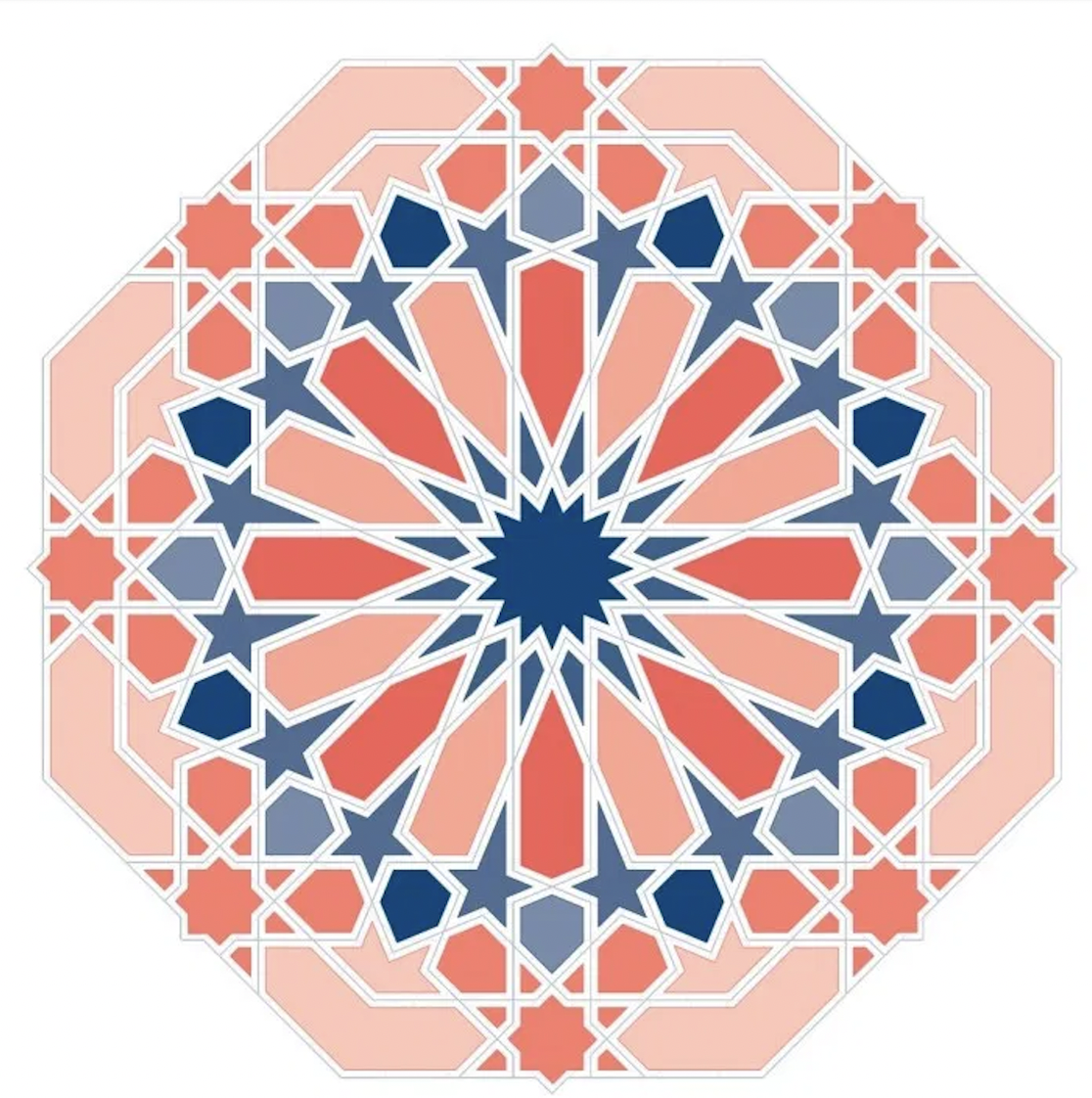Muslim India: A living legacy
SERIES: Over 1,000 years of Islam in India
Muslims are the second largest religious group in India. However, the right wing government and politicians have tried very hard to erase the Muslim contribution and legacy in India.
The British also ill treated Muslims because they conspired to bring down the Mughal Empire, and they targeted Muslims after the Indian uprising in 1857; this has all left behind a traumatised community.
It seems all too convenient for the world to forget that Muslim Empires have ruled India since the 13th century. The Delhi Sultanate was the first ruling dynasty and Muslim rule continued until the end of the Mughal Empire in the 19th century. However, the legacy and facts speak for themselves.
Muslim presence and influence in India actually started as early as the 7th century, when the Arabs first arrived as traders in Gujarat and surrounding areas. Arab military commander, Muhammad Bin Qasim captured Sindh in 712, and this was the beginnings of Islamic rule in the subcontinent. There is still a large African Muslim community, the Siddis, who have lived in India since this time, and who now live along the coast of Gujarat, Karnataka, Maharashtra and Andhra Pradesh (See my blog post: African Muslim presence in India).
The last Muslim Empire, the Mughals left a lasting impact on India, both architecturally but also culturally. They did draw from elements of previous Muslim rulers in India, but also brought their own unique practices.
Mughals had Central Asian/Persian culture and heritage, and saw themselves as Timurids – being descended directly from Timur. Babur (the first Mughal Emperor) was the great grandson of Timur, so this legacy featured heavily with him and his descendants. There is a massive Central Asian/Persian influence on Mughal architecture, however it is the fusion of many different Muslim and local traditions that makes it so unique.
Dr Mehreen Chida-Razvi, Art Historian and Mughal Specialist says: “We need to remember that the Mughals were not the first rulers of India from the Muslim world. Muslim rule in India officially started in the 13th century with the Delhi Sultanate. However, there was Muslim presence in India from the 7th century. When the Mughals arrived, there was already architectural and art influence from the Muslim world, including Central Asia, Arabia, Persia and Afghanistan.”
When Babur first came to India, he didn’t like it. He fondly remembered his home town of Andijan, Uzbekistan. He was a product of Central Asian/Persian culture, and was fond of its grand architecture, art and literary presence. This heritage was first and foremost in his mind when he came to India, and he sought to introduce it to his new land. However homesick Babur may have felt, the Mughals were in India to stay, and it became their home.
The Mughals ruled a Hindu majority, and politics and diplomacy was key to their successful rule for over 500 years. They could set an example to the Indian right-wing government of today. They were shrewd, and knew that you have to work closely with people you are ruling over. They made alliances and were tolerant. Akbar married a Rajput princess, and his sons followed suit. They created ties by marriage. Under Akbar the court was very cosmopolitan. This worked really well for a long while.
India’s Muslim past is a core part of India. There is a massive legacy, not least that India has a huge Muslim population. There are more Muslims in India, than in Pakistan. The Muslim past is alive now, it is in the food, language, literature, arts and culture, architecture as well as in the DNA of its people.
Photo credit: Taj Mahal by Zahid Khan



